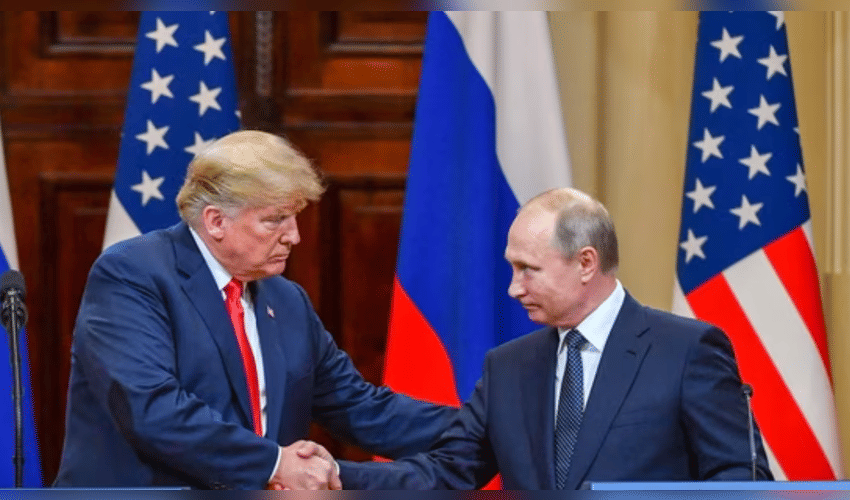World
US and Russia Collaborate on New 28-Point Roadmap for Ukraine Peace

The United States is reportedly collaborating with Russia on a secretive 28-point peace plan aimed at ending the war in Ukraine, according to multiple recent reports. This new initiative marks a significant behind-the-scenes diplomatic effort to find a resolution to the conflict, which has persisted since Russia's invasion of Ukraine in 2022.
The basis of the 28-point plan draws inspiration from former U.S. President Donald Trump’s previous peace efforts, notably his Gaza ceasefire blueprint. The roadmap encompasses four main pillars: achieving peace in Ukraine, providing robust security guarantees, ensuring broader security across Europe, and defining the future diplomatic and strategic relationship between the U.S., Russia, and Ukraine. According to sources, the plan aims to be comprehensive, not only focusing on the Ukrainian conflict but also addressing long-term stability and security concerns for Europe as a whole.
Leading the initiative from the American side is Steve Witkoff, a special envoy who has been closely coordinating with Kirill Dmitriev, a Russian envoy deeply involved in Ukraine-related diplomacy. They reportedly spent several days in detailed discussions late last month in Miami, formulating the plan and exchanging views on the pathway forward. Dmitriev expressed optimism that the Russian position is being seriously considered in these talks, an indication of Moscow’s openness to negotiation under this framework.
The U.S. side has begun briefing European allies and Ukrainian officials about the blueprint. Rustem Umerov, Ukrainian President Volodymyr Zelenskyy’s security advisor, has already been consulted about the plan. Meanwhile, Zelenskyy himself is scheduled to meet in Turkey soon to discuss revitalizing peace talks, signaling Kyiv’s tentative engagement with the new diplomatic push. However, there is still uncertainty about how Ukraine and its Western partners will receive the proposal, especially since major issues such as territorial disputes remain unresolved.
This 28-point proposal represents a shift in U.S. policy toward direct engagement with Russia on peace efforts, diverging from previous approaches that focused primarily on supporting Ukraine militarily. The Biden administration’s successors appear to be exploring a more negotiation-focused route, possibly influenced by Trump’s earlier peace initiatives. The goal is to establish a durable ceasefire and a framework that can prevent further escalation, balancing the complex demands of security, sovereignty, and international alliances.
If successful, this plan could pave the way for a high-level summit between the U.S. President and Russian President Vladimir Putin, marking a critical moment in diplomacy. Although the details and the political feasibility remain fluid, there is a shared acknowledgment that ending the conflict is a priority given the human and geopolitical costs.
The emerging peace roadmap seeks to meld pragmatic security assurances with a diplomatic reset, bridging divides that have fuelled nearly four years of war. It underscores the intricate challenges of resolving a conflict as deeply rooted and internationally impactful as the Ukraine war, yet carries the hope that persistent dialogue and creative diplomacy might bring closer the prospect of lasting peace.



